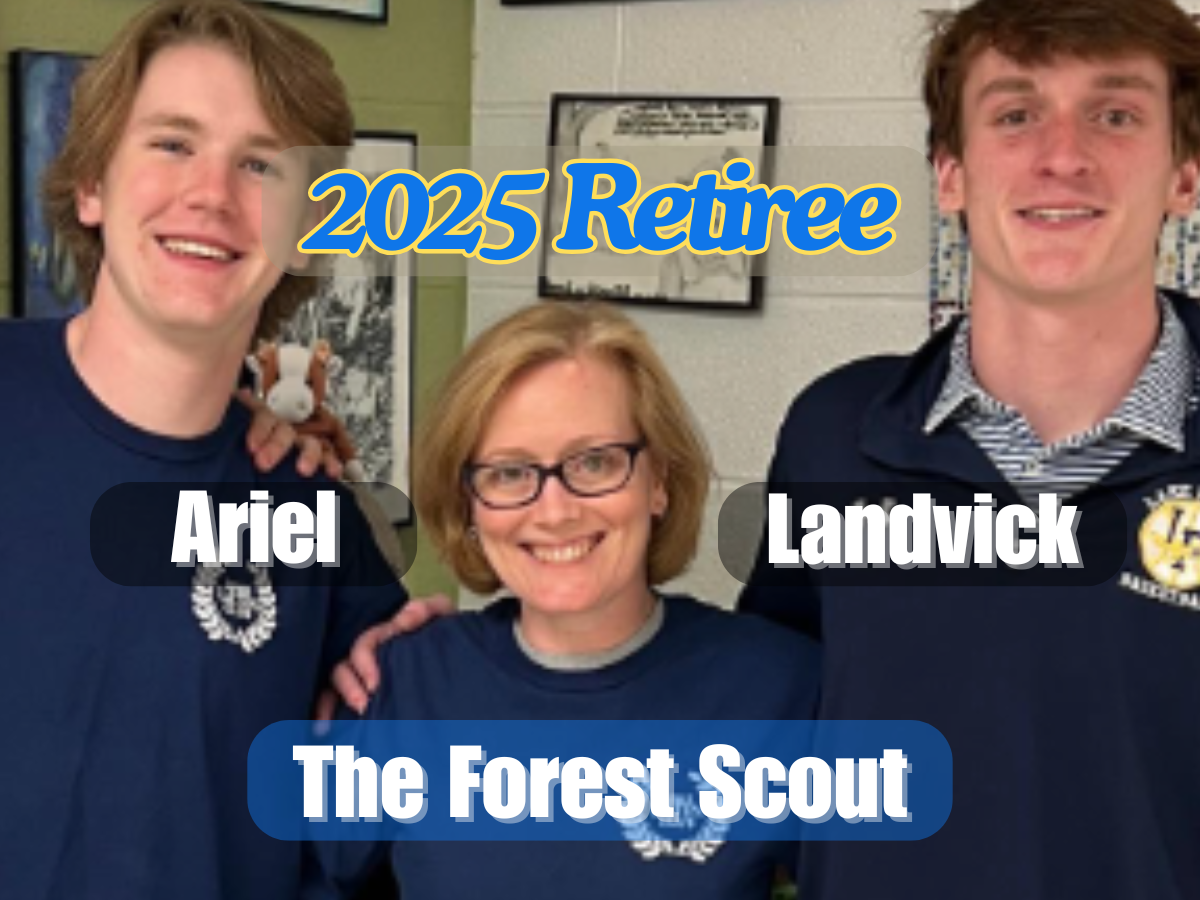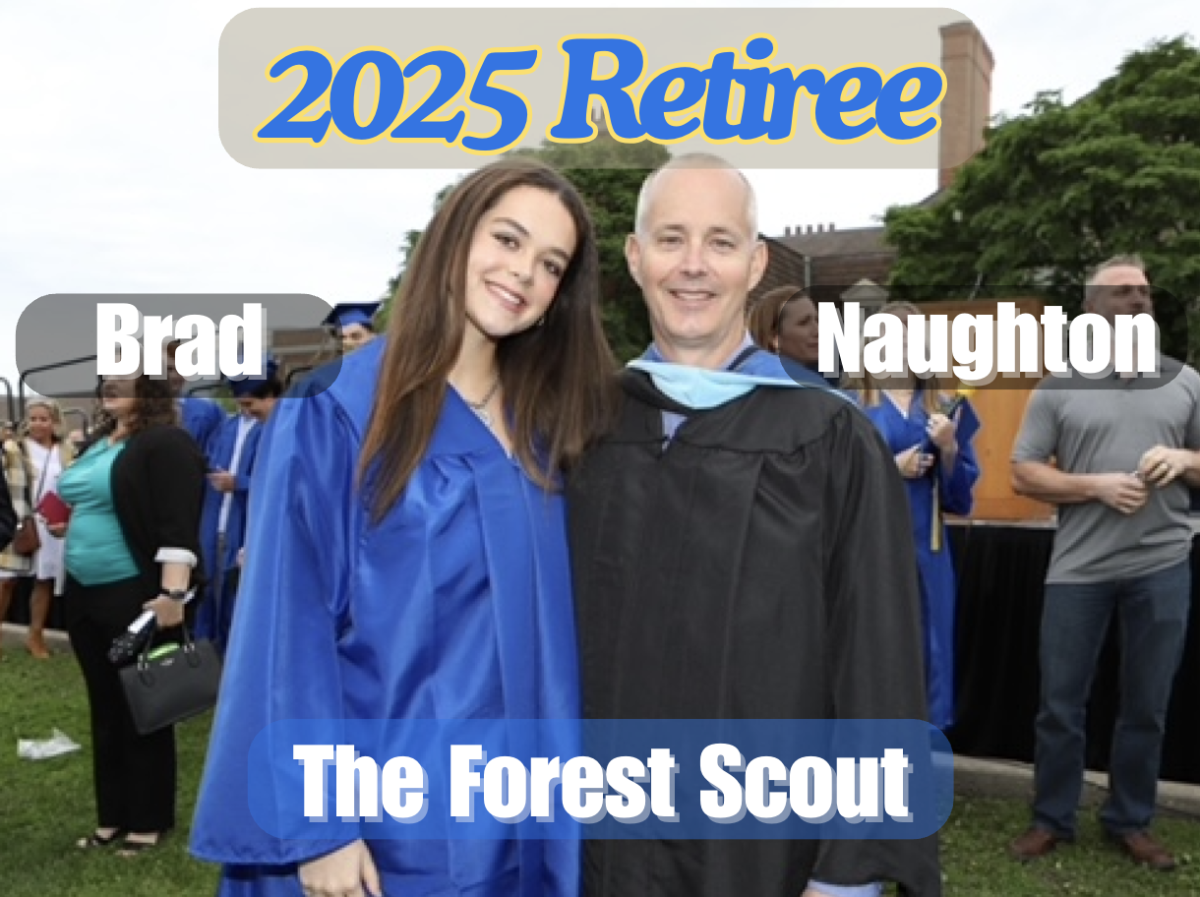Members and allies of the LGBTQ+ community nationwide will participate Friday in the Day of (No) Silence, recently rebranded from the Day of Silence.
In January, Idaho legislators called on the Supreme Court to overturn Obergefell v. Hodges, the 2015 case in favor of same-sex marriage. The court could only reconsider their previous decision if a new case was brought in, so the Idaho resolution didn’t go far.
North Dakota, South Dakota, Montana, and Michigan have since passed similar resolutions. Some of these resolutions argue for the legalization of same-sex marriage to be left to the states, and some argue that marriage should be exclusively between a man and a woman.
The former Day of Silence was created in the 1990s by two college students, where allies and members of the LGBTQ+ community in schools would be silent for the entire day to protest the harmful silencing and discrimination of LGBTQ+ students. The day would end with a Breaking the Silence Rally.
This year, supporters say the rise of anti-LGBTQ+ events has spurred them to change the Day of (No) Silence in order to promote how LGBTQ+ people can no longer be silent and must speak out.
“It’s now more important than ever that people feel that their voices are heard,” senior Nora Sharman said. “The Day of No Silence is a great way to kind of spread awareness and can serve as a reminder to everyone that queer people exist.”
The Day of (No) Silence serves as a reminder about the negative effects of hate, social worker Mr. Dan Maigler said.
“It’s not just queer people who are impacted by homophobia and heterosexism,” social worker Mr. Dan Maigler said. “My nephew is gay. When he came out, his mother (my sister) was terrified that he would be subjected to violence and discrimination. When a queer slur is uttered it doesn’t just hurt him, it impacts all of his family and friends.”
This Thursday, Alliance Club and Human Rights Club handed out LGBTQ+ stickers and flags to be worn on the Day of (No) Silence.
“The idea is that we just want people to be vocal about their support of other students in the building,” said Alliance and Human Rights Club leader and English teacher Mr. John Wanninger. “The Day of (No) Silence is to let people see the support around them.”
The Day of (No) Silence is meant to promote inclusion and empathy.
“The Lake Forest Portrait of a Learner cites ’empathy’ as one of our core values,” Maigler said. “The Day of (No) Silence encourages all of our students, faculty, and staff to utilize their empathy and put themselves in the place of queer students who are growing up having to live in fear of rejection, violence, and discrimination.”
This is LFHS’s first year actively participating in the Day of (No) Silence.
“We decided to participate in the Day of (No) Silence because we can’t afford to be silent on issues that matter anymore,” Wanninger said. “We’re asking people to be vocal about their support and think about engaging in conversations with people about what it means to speak up and take action against discrimination.”
LFHS has made a “tremendous amount of progress” in LGBTQ+ support, according to Maigler.
“In 2010, we did not have a single student who was out as queer in the building. Now there are so many students who feel comfortable being themselves that the vast majority of queer students do not even seek social work and/or participate in our LGBTQ support group,” Maigler said. “That being said, there is still a lot of work to do in educating people and removing misconceptions about the queer and trans communities.”
The switch from the Day of Silence to the Day of (No) Silence now allows for “open discussion” about topics “that need to be talked about,” according to senior Katie-May Newman.
“LGBTQ+ people in our community are silenced day in and day out. They should be able to be outspoken and proud,” Newman said. “People in this community never talk about gay people because it’s an uncomfortable subject, but it shouldn’t be. That’s why this day is important.”
The Day of (No) Silence is to acknowledge and discuss LGBTQ+ people in the community, even if their presence was previously difficult to see.
“Everybody is impacted by gay people. It’s not a separate thing,” Newman said. “You have friends who are gay, you have teachers who are gay, you find people everywhere, and you can’t ignore it or push it under the rug.”
While an event like this can raise some controversy, it is not “a political event,” according to Wanninger.
“It’s a compassionate event about empathy and solidarity,” Wanninger said. “People need to understand that treating people with respect and with dignity, whoever they are, doesn’t hurt anybody.”









Lori Thuente • Apr 5, 2025 at 4:33 pm
So proud of the school, students, staff, and faculty who supported this day!